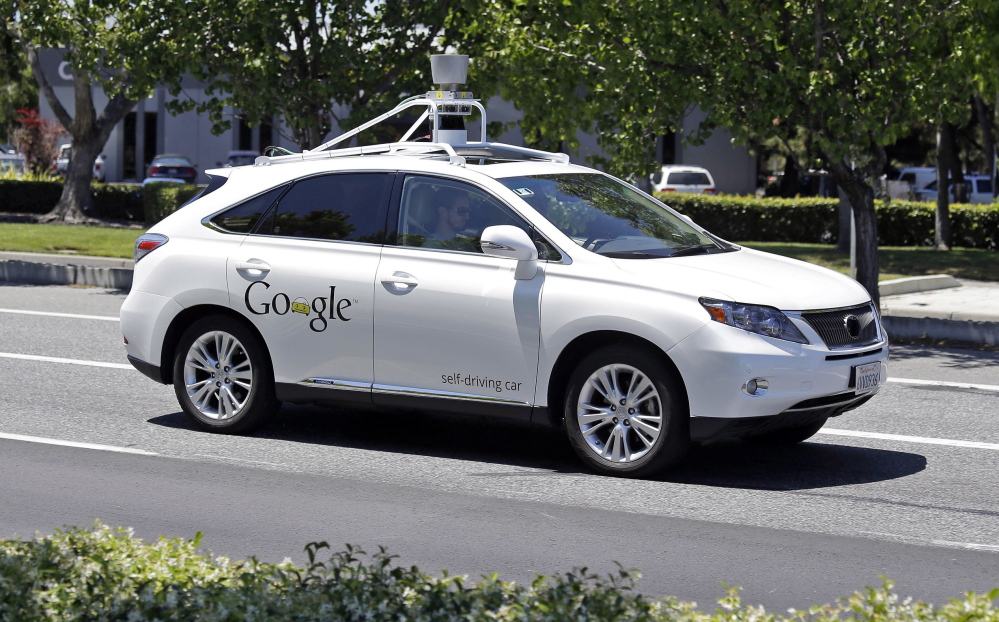Eleven Google driverless vehicles have been involved in minor accidents on California roads over the past six years during testing, the company said on Monday, stressing that none of its cars were at fault in any of the incidents.
The company made the admission after a report from the Associated Press said two Google driverless cars, while controlled by computers, had been involved in accidents since last fall, when the state gave the company official permission to start testing the technology on public roads. Nobody was hurt in any of the crashes, Google said.
But the police reports on the accidents were not made public, as California law requires. Google did not release the reports, either – a practice that could hurt the future of driverless cars, which several technology companies are trying to develop.
Proponents of self-driving cars argue that computer-driven vehicles can help improve automotive safety by reacting faster to oncoming dangers and keeping a better eye on the environment, reducing the risk of driver error. But the public lacks objective data about whether that’s true in practice – or even potentially true.
Earning drivers’ trust will be one of the biggest challenges for driverless-car manufacturers. Giving up the steering wheel to a computer won’t come naturally to many people. Nor will the prospect of sharing the road with machines that can make their own decisions.
“Safety is our highest priority,” Google said in a statement. “Since the start of our program six years ago, we’ve driven nearly a million miles autonomously, on both freeways and city streets, and the self-driving car hasn’t caused a single accident.”
Add it all up, and the message seems pretty clear: The autopilot was not the problem.
But the tech companies could really bolster people’s confidence if they could prove that the autopilot performed well at preventing or avoiding a crash – not merely that it wasn’t the cause.
In two of the accidents, the driverless-car features were engaged and no human was behind the wheel. Understanding exactly how the self-driving cars behaved under those conditions will be the key to showing whether driverless cars really are better or safer than human operators.
Copy the Story LinkSend questions/comments to the editors.



Success. Please wait for the page to reload. If the page does not reload within 5 seconds, please refresh the page.
Enter your email and password to access comments.
Hi, to comment on stories you must . This profile is in addition to your subscription and website login.
Already have a commenting profile? .
Invalid username/password.
Please check your email to confirm and complete your registration.
Only subscribers are eligible to post comments. Please subscribe or login first for digital access. Here’s why.
Use the form below to reset your password. When you've submitted your account email, we will send an email with a reset code.